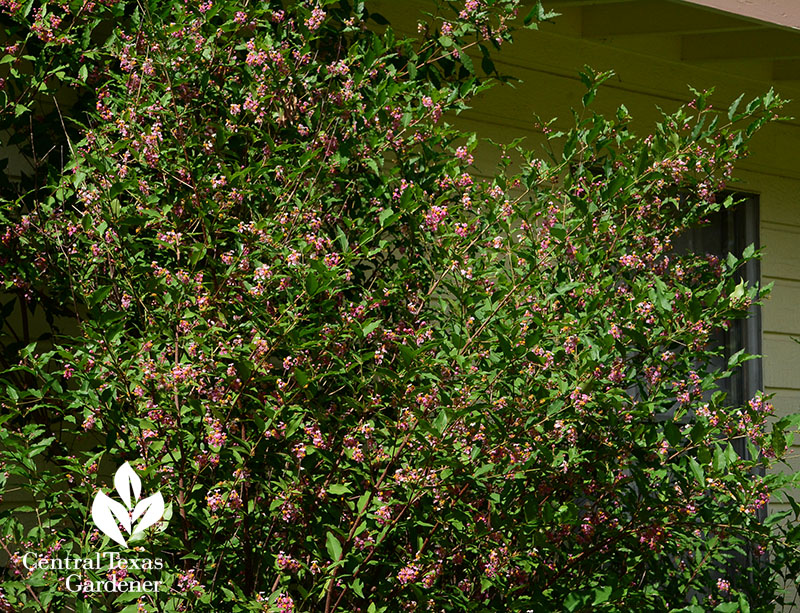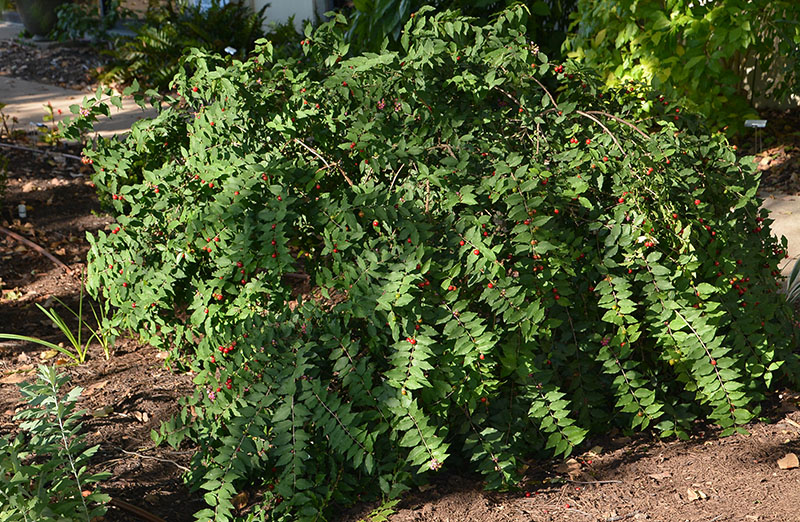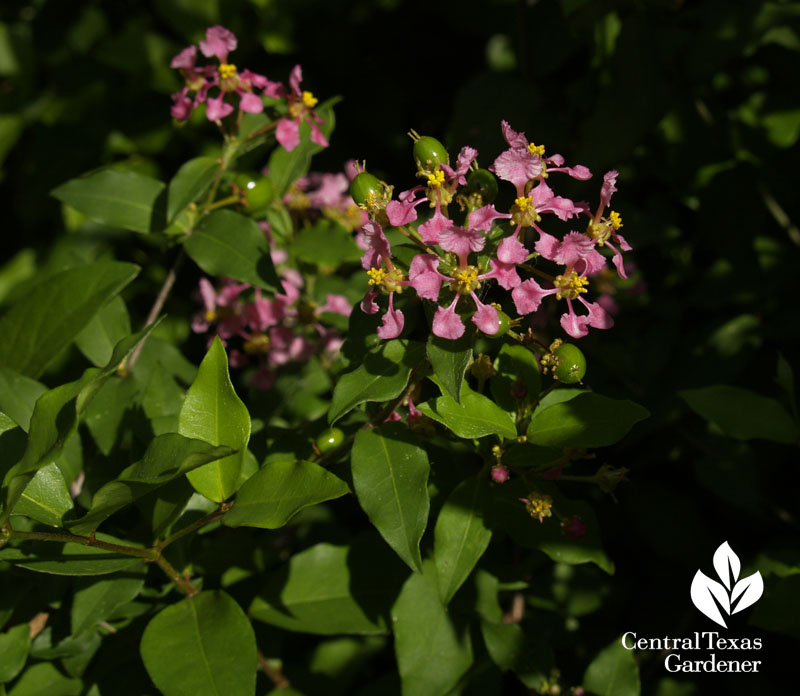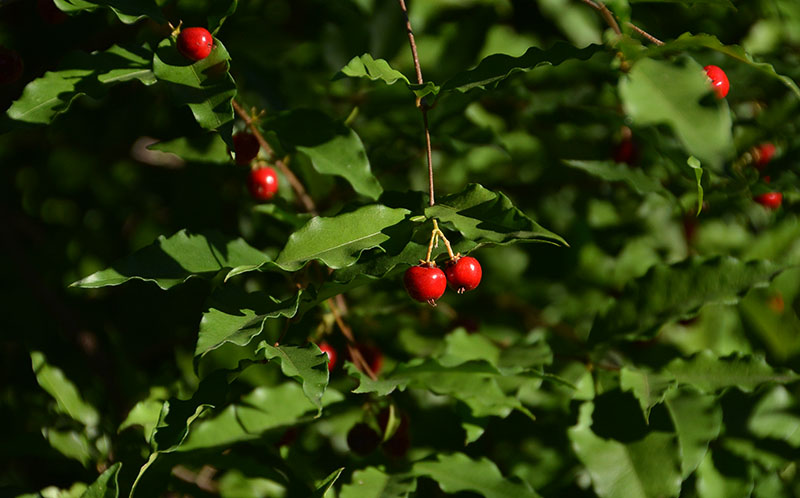What’s wrong with my mountain laurel that I moved?
Thanks to Jason Wisser in Driftwood for this great question! He recently transplanted these young mountain laurels from another area of his property, and now they’re chlorotic and dropping leaves like mad. Jason would like to know if there’s anything he can do to save the plants.
Unfortunately, this problem is not uncommon. Texas mountain laurels are notoriously challenging to transplant, and the symptoms here are classic signs of transplant shock with this shrub. The roots of Texas mountain laurel do not respond well to being cut, and those who’ve found success with transplanting are those that have been able to dig enough of the rootball to give the plant a fighting chance.
The younger the plant, the smaller the rootball, and the easier it is to dig wide enough and deep enough to include most of the roots without disturbing them.
I’d suggest a wait-and-see approach. If we have an unusually hot, dry spring and summer, water the plants accordingly, but otherwise leave them alone and see what happens. Don’t even prune the top until you’re sure that it’s completely dead. They may come back in time.
Although many people report success, I only have one experience with transplanting a Texas mountain laurel. It was about half the size of these, but had a similar negative response to being moved. About a year later, when I’d given it up for dead, it returned from the roots.








 Native Barbados cherry, a small shrub/tree to 4-6' tall, is a great choice for small landscapes, to screen a view, or accent a habitat garden. Like most plants, it needs a little extra water during the first few years, but is very drought-tolerant once established.
There are dwarf varieties available (Malpighia punicifolia 'Nana') that grow to 2-4'.
Native Barbados cherry, a small shrub/tree to 4-6' tall, is a great choice for small landscapes, to screen a view, or accent a habitat garden. Like most plants, it needs a little extra water during the first few years, but is very drought-tolerant once established.
There are dwarf varieties available (Malpighia punicifolia 'Nana') that grow to 2-4'.
 Barbados cherry is not deer resistant.
The small pink flowers, which bloom in spurts from April through October, look very similar to the flowers of crape myrtle. They attract butterflies, bees, and hummingbirds.
Barbados cherry is not deer resistant.
The small pink flowers, which bloom in spurts from April through October, look very similar to the flowers of crape myrtle. They attract butterflies, bees, and hummingbirds.
 Barbados cherry produces a lovely bright red fruit that is edible and high in vitamin C, but quite tart. These fruits are truly a wonderful food source for birds.
Barbados cherry produces a lovely bright red fruit that is edible and high in vitamin C, but quite tart. These fruits are truly a wonderful food source for birds.
 Barbados cherry performs well in part shade to full sun and is evergreen during most winters. In a harsh winter, it may lose its leaves but will bounce back when spring arrives. Simply cut back dead branches. You can also prune to shape.
It's adaptable to most soils, including clay, but does require good drainage.
Barbados cherry performs well in part shade to full sun and is evergreen during most winters. In a harsh winter, it may lose its leaves but will bounce back when spring arrives. Simply cut back dead branches. You can also prune to shape.
It's adaptable to most soils, including clay, but does require good drainage.